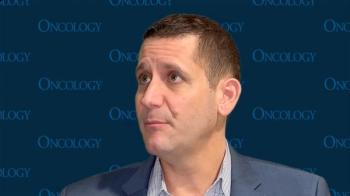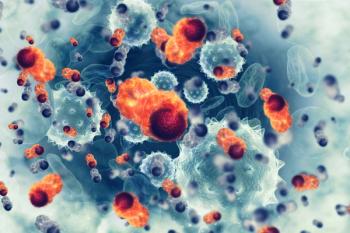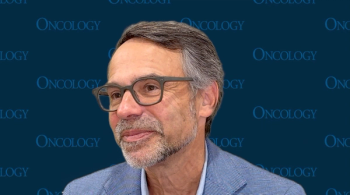
Don Dizon, MD, on Creating a Gender-Affirming Environment for Transgender Patients With Cancer
Don Dizon, MD, FACP, FASCO, describes the importance of establishing a gender-affirming environment for patients with cancer.
In an interview with CancerNetwork®, Don Dizon, MD, FACP, FASCO, director of women’s cancers at the Lifespan Cancer Institute, director of medical oncology at Rhode Island Hospital, and professor of medicine at the Warren Alpert Medical School of Brown University in Providence, explained how providers can create a more welcoming environment for transgender patients with cancer. He said that mission statements supporting this patient population and physical infrastructure choices such as gender-neutral bathrooms and magazine choices can be helpful in making transgender men, lesbian women, and cisgender men feel comfortable in breast cancer clinics.
Transcript:
Several things can be done to physical infrastructure, and certainly to mission statements. Those are easier to do than others. Having a mission statement that espouses a quality that really reaffirms sexual orientation as a human right, that affirms gender as a human right that is to be respected and not maligned [is important]. Then looking at your waiting areas, seeing that there are bathrooms for men, for women, and one that's not labeled [is also worth considering]. Having diversity of your magazines in your waiting area [can also create a welcoming environment]. It shouldn't all be Cosmopolitan and Time magazine. Some of them should be gender neutral [and not] speak to men or women. You [need to] think of the physical infrastructure—the feng shui of your place—and you want to see that anyone who walks into this area is welcome. This is the biggest issue regarding women's cancer centers. The Center for Women's Oncology or the Center for Breast Cancer Care, all adorned in pink, all adorned with female imagery, all adorned with female breasts, is not necessarily going to be that welcoming to the transgender male who has breast cancer, or the lesbian who has breast cancer, and all she sees are heterosexual partners. But it's also not going to be welcoming to men with breast cancer either.
Newsletter
Stay up to date on recent advances in the multidisciplinary approach to cancer.
















































































